Are you ready to jump into the wonderful world of sewing? Whether you’re a beginner or an experienced seamstress, choosing the right sewing machine can make a world of difference.
In this blog post, we will discuss the features to look for when shopping for a sewing machine and provide helpful tips for finding the perfect one for your needs.
Table of Contents
- 1 Types of Sewing Machines by What They Do
- 2 What to Consider When Choosing a Sewing Machine
- 2.1 1. Sewing Machine Size
- 2.2 2. Types and Number of Stitches
- 2.3 3. Included Presser Feet
- 2.4 4. Adjustable Stitch Width and Length
- 2.5 5. Hands-Free Sewing vs Foot Pedal
- 2.6 6. The Process of Making Buttonholes
- 2.7 7. Moveable Needle Position
- 2.8 8. Automatic Needle Threader
- 2.9 9. Dropping the Feed Dogs
- 2.10 10. Bobbin Thread Indicator
- 2.11 11. Built-In Free Arm
- 3 Choosing the Best Brand of Sewing Machine
- 4 Used vs. New Sewing Machine
- 5 Considering Warranties
- 6 What is the best sewing machine?
Types of Sewing Machines by What They Do
There are four main types of sewing machines by what they do: household sewing machines, heavy-duty sewing machines, embroidery machines, and sergers.
1. Household Sewing Machine
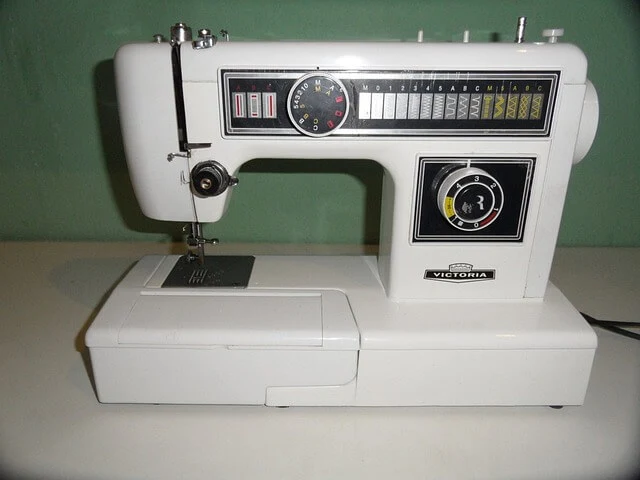
A household sewing machine is an everyday sewing machine that can be used for sewing, mending, altering, and even quilting. Many of these machines have additional features that make it easier to create buttonholes, satin stitching for appliques, and decorative stitches.
These machines are typically lightweight and easy to operate and often come with a variety of features such as adjustable stitch length and width, reverse stitching, and multiple needle positions.
They typically come with a wide range of accessories for specialized tasks, such as buttonhole makers, quilting attachments, and embroidery hoops.
It usually comes with a strong motor and other handy features that make it great for a wide array of purposes.
2. Heavy-Duty Sewing Machine
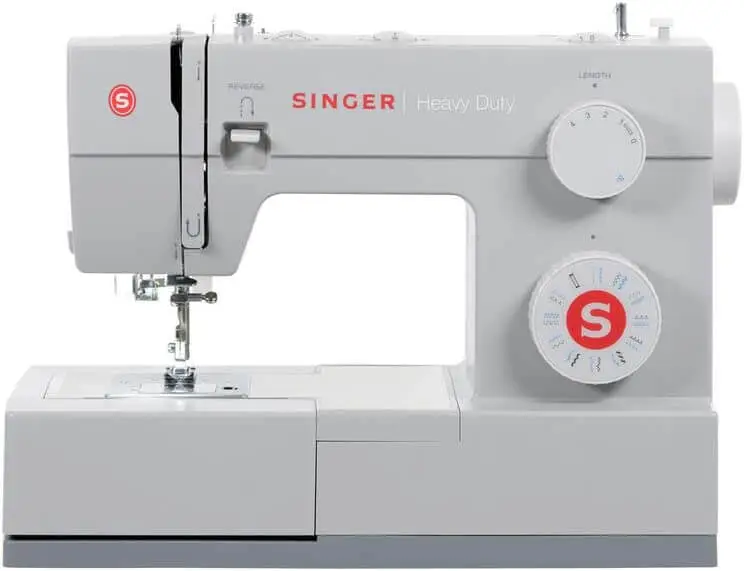
A heavy-duty sewing machine is designed to handle much thicker fabrics than a regular sewing machine while still performing well on thin fabrics.
They have a stronger motor and other nice features that make sewing fabrics like denim, leather, upholstery, and canvas much easier and much more successful! If you plan to primarily sew thick fabrics, consider a heavy-duty sewing machine.
Its heavy weight also helps it stay in place while you sew. They usually come with adjustable stitch length and width, making it easier to customize your projects.
Many also come with specialty feet and attachments, allowing you to do more with your machine.
3. Serger Machine
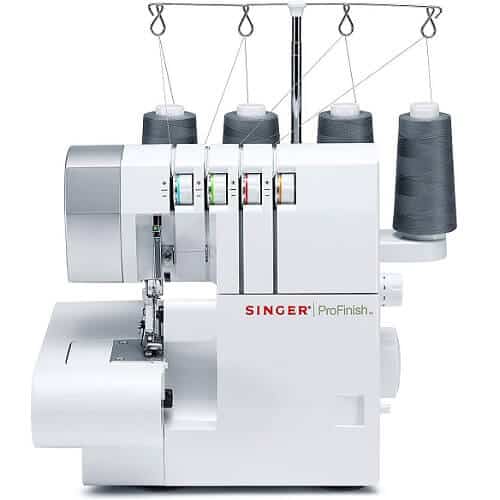
A serger (also called an overlock sewing machine) sews a seam, finishes the fabric edge, and trims the excess fabric in one step. This results in a professional finish to your project and completes the task faster than a conventional sewing machine.
The serger machine also has a differential feed, which helps to prevent the stretching of delicate or lightweight fabrics. It is commonly used for making clothing, such as t-shirts, skirts, and dresses.
4. Embroidery Machine
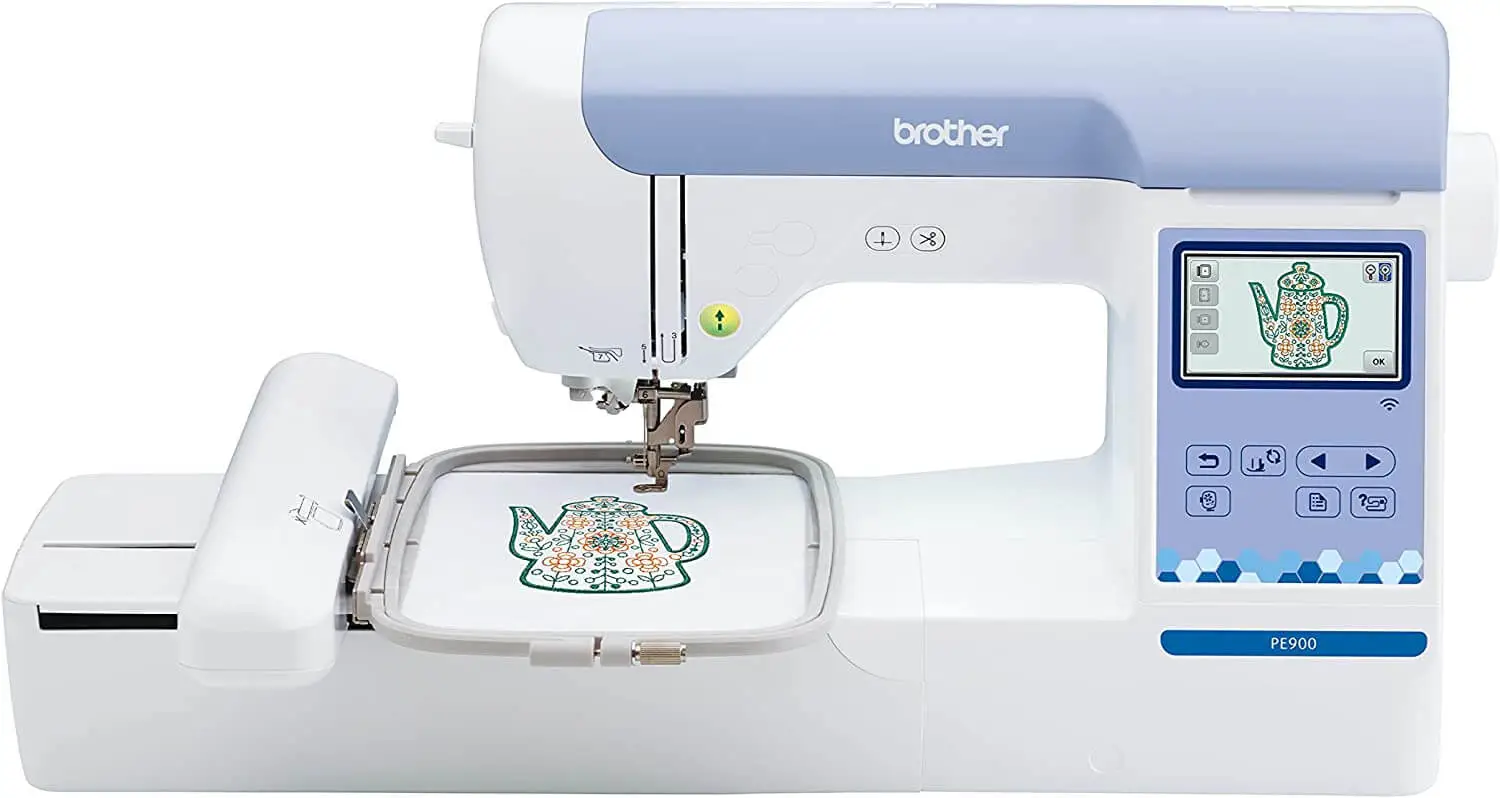
An embroidery machine is a computerized machine designed mainly for embroidering digitized patterns on fabrics. You can monogram anything or embroider shirts, hats, towels, and more.
If you like the idea of embroidery in addition to sewing, there are also combination sewing and embroidery machines. These machines typically have an LCD screen and offer more stitches and functions than manual or mechanical machines.
What to Consider When Choosing a Sewing Machine
When choosing a sewing machine, there are a few features to consider:
1. Sewing Machine Size
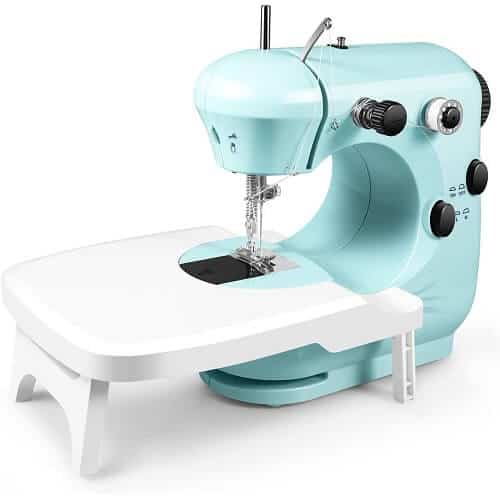
Sewing machine size is an important factor to consider when choosing a sewing machine. A larger machine will have a bigger workspace, making it easier to handle large fabric pieces or quilts.
Smaller machines are more portable, making them great for taking to classes or sewing on the go.
It’s important to measure the space you’re working in and choose a machine that will fit comfortably.
Additionally, you should also consider how much weight the machine can handle. If you plan on using heavier fabrics such as denim or canvas, make sure you choose a machine that can handle the weight.
2. Types and Number of Stitches
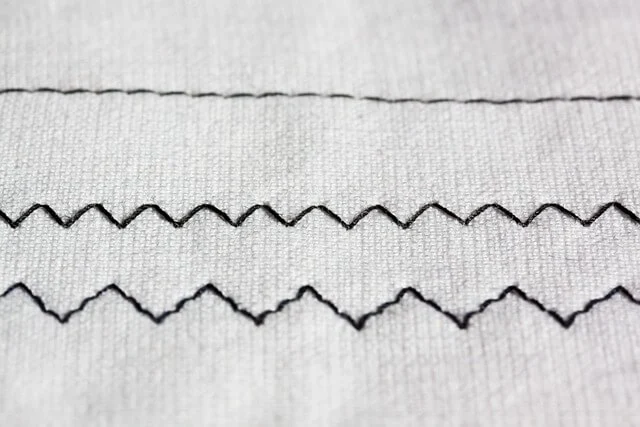
When choosing a sewing machine, one of the features to consider is the number and types of stitches available.
Different machines offer different numbers and types of stitches, so it’s important to consider your needs when looking for a machine.
Generally, machines will offer anywhere from 10 – 100 different types of stitches, including straight, zigzag, buttonholes, overcasting, and decorative stitches.
Some machines even offer built-in monogramming fonts. If you plan on doing a lot of quilting or embroidery, look for a machine that offers more specialized stitches.
3. Included Presser Feet
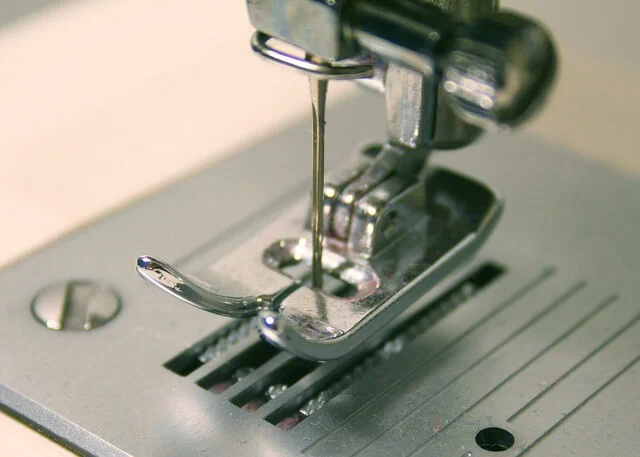
Included presser feet are an important feature to consider when choosing a sewing machine.
Presser’s feet are attachments that fit onto the end of the sewing machine arm, and they allow you to do different types of stitches.
Many machines come with a variety of presser feet, such as zigzag, buttonhole, zipper, overcasting, and blind stitch presser feet.
It’s important to make sure your machine has the presser feet you need for the tasks you plan to do.
4. Adjustable Stitch Width and Length
Adjustable Stitch Width and Length are important features that should be put in your mind when buying a sewing machine.
Most machines will have a range of stitch widths and lengths that you can adjust to your preference.
This will allow you to have greater control over the look of the stitch and the size of the seam, so you can customize your project exactly how you want it.
Look for a machine that has an adjustable stitch width and length, as this will give you more freedom when it comes to creating and finishing your projects.
5. Hands-Free Sewing vs Foot Pedal
Foot pedals are the traditional way to operate a sewing machine. But more modern machines offer hands-free sewing. It also allows you to control the speed of the machine manually, while hands-free sewing machines are operated at a consistent speed with the press of a button.
Foot pedals can be more precise, allowing you to slow down or speed up sewing when needed, and they often require less energy than pressing a button. However, hands-free sewing machines can be easier to use and may require less strength and coordination.
Ultimately, the choice between a foot pedal and a hands-free sewing machine will depend on your personal preference and sewing goals.
6. The Process of Making Buttonholes
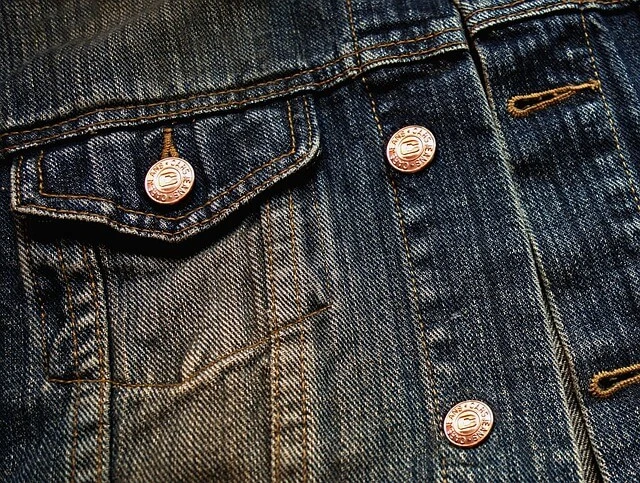
There are several ways to make buttonholes with a sewing machine. Some machines have a dedicated buttonhole feature, while other machines require you to manually create the buttonhole.
On a machine with a dedicated buttonhole feature, you’ll simply have to select the type of buttonhole you want, place the button in the foot, and the machine will automatically make the buttonhole for you.
On machines without a dedicated buttonhole feature, you’ll need to adjust the stitch length and width, sew a straight line for the length of the buttonhole, leave a space for the button, and then sew another straight line.
Once you’ve finished sewing the buttonhole, you’ll need to cut open the center of the buttonhole with scissors or a seam ripper.
7. Moveable Needle Position
Yes, many sewing machines have a moveable needle position. This can be used to adjust the needle’s location to better align with the desired stitch.
This is especially useful when sewing in a curved or zig-zag pattern, as it allows you to place the needle in the desired position.
Additionally, it can be used for decorative stitches, such as for adding a buttonhole or for embroidery.
Some machines even have a feature that allows you to program the needle position for certain stitches so that you can quickly and easily adjust the needle’s location each time you use the same stitch.
8. Automatic Needle Threader
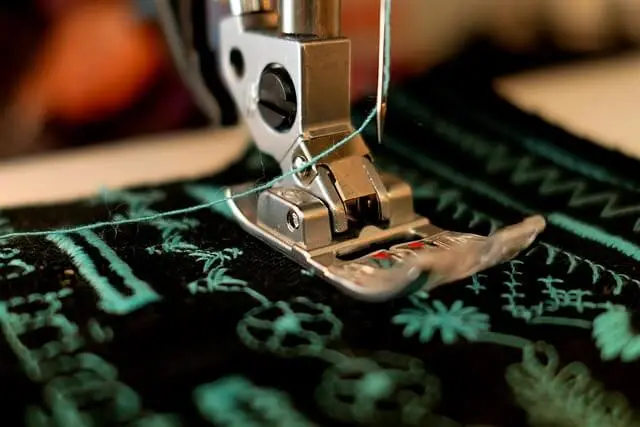
If you are looking for a sewing machine with an automatic needle threader, there are several options available.
Many computerized sewing machines come with an automatic needle threader that can save time and effort when sewing.
Some manual and mechanical sewing machines also have an optional automatic needle threader.
Look for machines that have this feature in the description or check the user manual to find out if the machine has an automatic needle threader.
If you want to make sure your sewing machine has this feature, it’s best to shop around and compare different models.
9. Dropping the Feed Dogs
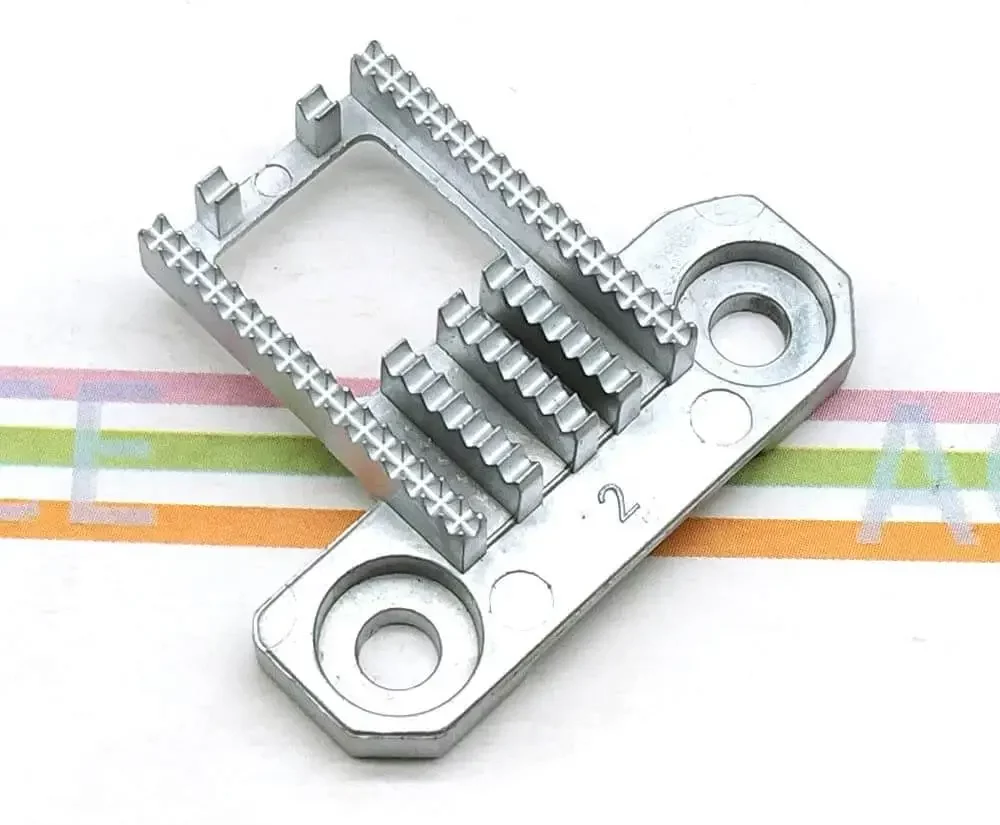
Dropping the feed dogs is a feature that allows you to lower the feed dogs (the teeth underneath the needle plate) so that you can move the fabric freely without having its advance.
This is useful for tasks like darning, free-motion quilting, and other specialized sewing tasks.
Many sewing machines come with a lever or button that allows you to drop the feed dogs, while others require you to manually lower them.
When considering a sewing machine, make sure to check if it can drop the feed dogs.
10. Bobbin Thread Indicator
Bobbin thread indicators let you know when the bobbin is low or empty, so you don’t have to worry about running out of thread in the middle of a project.
Most modern sewing machines come with a bobbin thread indicator displayed on an LCD screen. It usually looks like a picture of a bobbin, and when the thread is low, the picture will flash or change color.
Some machines also come with an audible alert or an LED light to notify you of a low bobbin thread.
If your machine does not have a bobbin thread indicator, you can check the bobbin manually by winding the thread around your finger and counting the number of wraps.
11. Built-In Free Arm
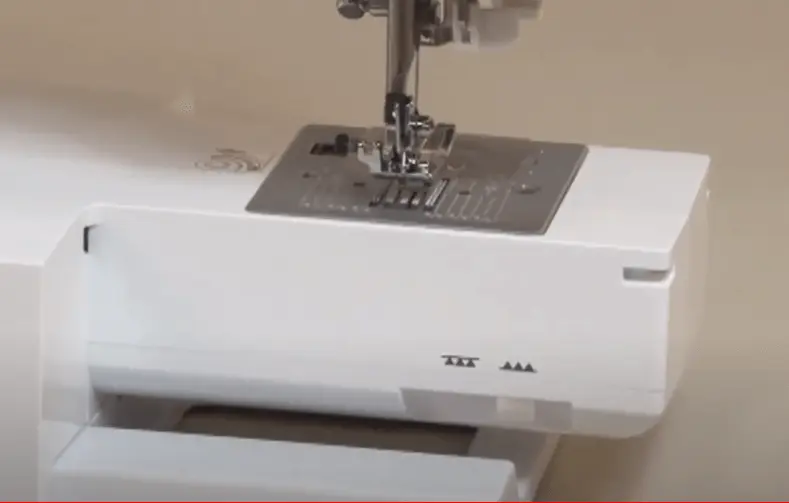
A built-in free arm is a feature on some sewing machines which provides an easy way to sew hems, sleeves, and cuffs.
This feature is especially useful for stitching small or tight spaces. The free arm allows you to maneuver around the garment more easily by providing a narrow, rotating arm.
The free arm allows you to rotate the material as you sew, making it easier to sew difficult areas.
In addition, the free arm can be used to create a gathering stitch, which is great for sewing collars, cuffs, and waistbands.
Choosing the Best Brand of Sewing Machine
When choosing a brand of sewing machine, it is important to consider your budget and desired features.
Popular brands like Singer, Brother, Janome, Juki, Baby Lock, Bernina, Pfaff, Husqvarna, and EverSewn offer a range of budget-friendly and feature-rich machines.
Singer and Brother machines are often the most recommended for their value and affordability.
Consider the features you need and research machines from each brand to find the best one for you.
Used vs. New Sewing Machine
When it comes to buying a sewing machine, you can opt for either a new or used machine. There are pros and cons to both.
A new sewing machine will come with a warranty and all the latest features but may come with a steeper price tag.
A used sewing machine may be more affordable but may not come with the same features or warranty. It’s important to consider the age of the machine and if spare parts are still available.
When buying a used sewing machine, you should make sure to test it out first, if possible, to make sure all parts are functioning properly.
It’s also important to ask questions about the history of the machine, such as when it was last serviced and what type of fabrics it has been used with. It’s also important to check if there is a warranty on the used machine and how long it is valid.
Considering Warranties
It is important to consider the warranty of the machine. Many companies offer warranties on their machines, which can range from 1-25 years depending on the manufacturer.
It is important to make sure that the machine you buy is covered under a warranty, as this will cover any potential repairs or issues that you may have with the machine.
Some companies also offer extended warranties, which can be useful if you use your machine frequently.
Make sure to research the company and the warranty before purchasing a sewing machine.
What is the best sewing machine?
The best sewing machine for you will depend on your individual needs and preferences. Consider your budget, the types of projects you plan to sew, and the features you need.
If you are a beginner, you may want to look for a machine with simple features and an affordable price. For more experienced sewers, look for a machine with more advanced features such as adjustable stitch length, a wide range of stitches, and a variety of presser feet.
If you plan to sew heavier fabrics or quilts, you may need a heavy-duty machine with more power. You should also consider the size and weight of the sewing machine.
Or if you plan to take your machine with you to classes or on trips, you may want to look for a lightweight model.
Consider how user-friendly the machine is. Look for a machine with intuitive controls and an easy-to-understand manual. With so many great sewing machines available, you’re sure to find the perfect one for your needs.
Compare sewing machines and read reviews to get a better idea of what features and functions each has. Ultimately, the best sewing machine for you is the one that meets your needs and fits your budget.
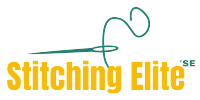
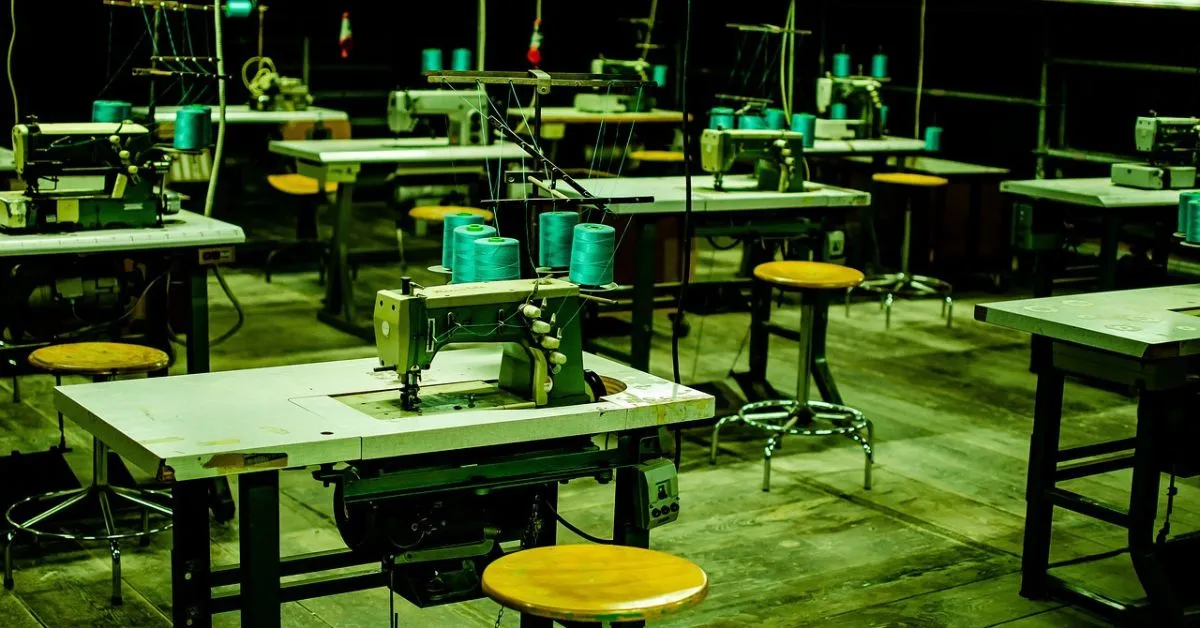
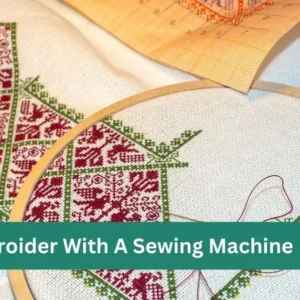
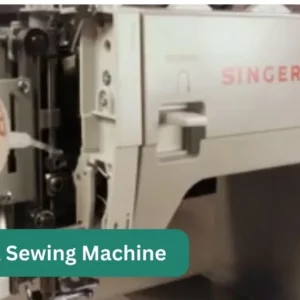
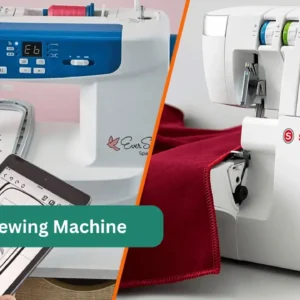
This article offers a fascinating perspective on the subject. The depth of research and clarity in presentation make it a valuable read for anyone interested in this topic. It’s refreshing to see such well-articulated insights that not only inform but also provoke thoughtful discussion. I particularly appreciated the way the author connected various aspects to provide a comprehensive understanding. It’s clear that a lot of effort went into compiling this piece, and it certainly pays off. Looking forward to reading more from this author and hearing other readers’ thoughts. Keep up the excellent work!
Great article! I appreciate the clear and insightful perspective you’ve shared. It’s fascinating to see how this topic is developing. For those interested in diving deeper, I found an excellent resource that expands on these ideas: check it out here. Looking forward to hearing others’ thoughts and continuing the discussion!